How to Lay Artificial Grass: The Ultimate Guide
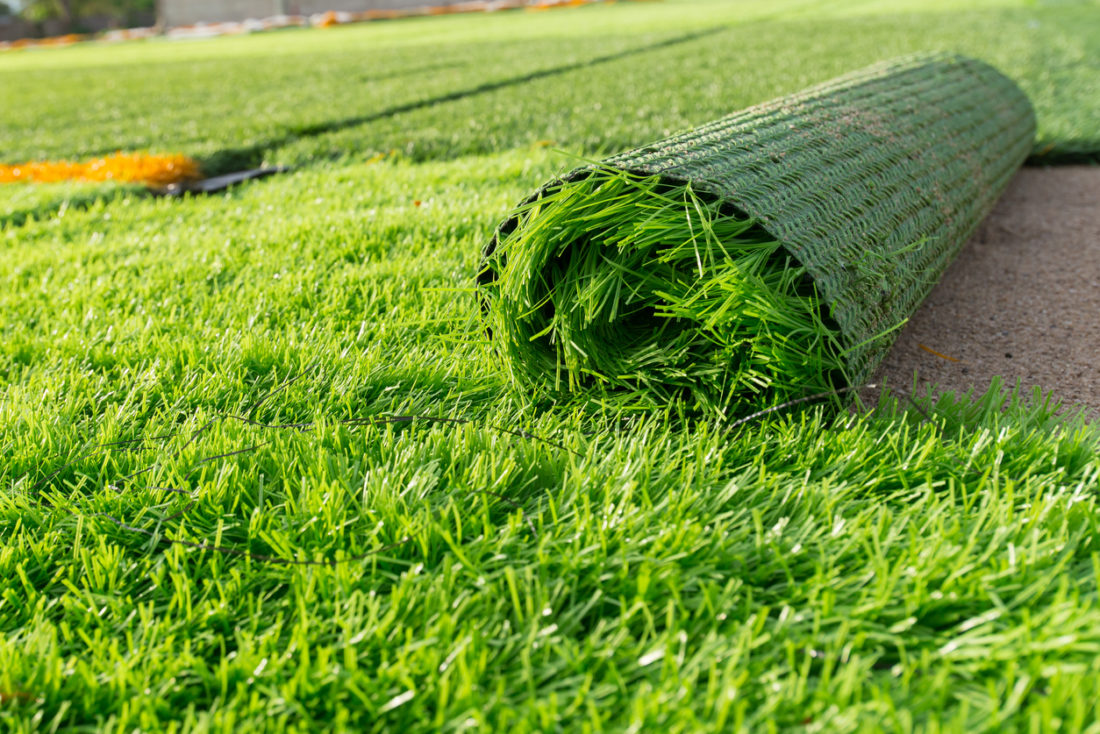
Artificial grass is a low-maintenance solution that softens any surface. Not only can you skip watering and mowing, but you can also apply fake grass to almost any surface, including hardscapes! These instructions will show you how to lay artificial grass on your lawn with a lime and sand sub-base. We’ll also provide tips on how to lay artificial grass on uneven ground and other sub-bases, including concrete, paving slabs, and decking.
How to Lay Artificial Grass: The Step-by-Step Guide
Tools for the Job
- Sub-base
- Weed membrane
- Lime or gravel
- Sharp sand or builders' sand
- Compactor (optional)
- Artificial grass
- Sharp knife (e.g., Stanley knife)
- Artificial grass adhesive (see chart)
- Spreader for adhesive
- Seaming tape
- Spade
- Fork
- Stiff brush
- Turf cutter (optional for large gardens)
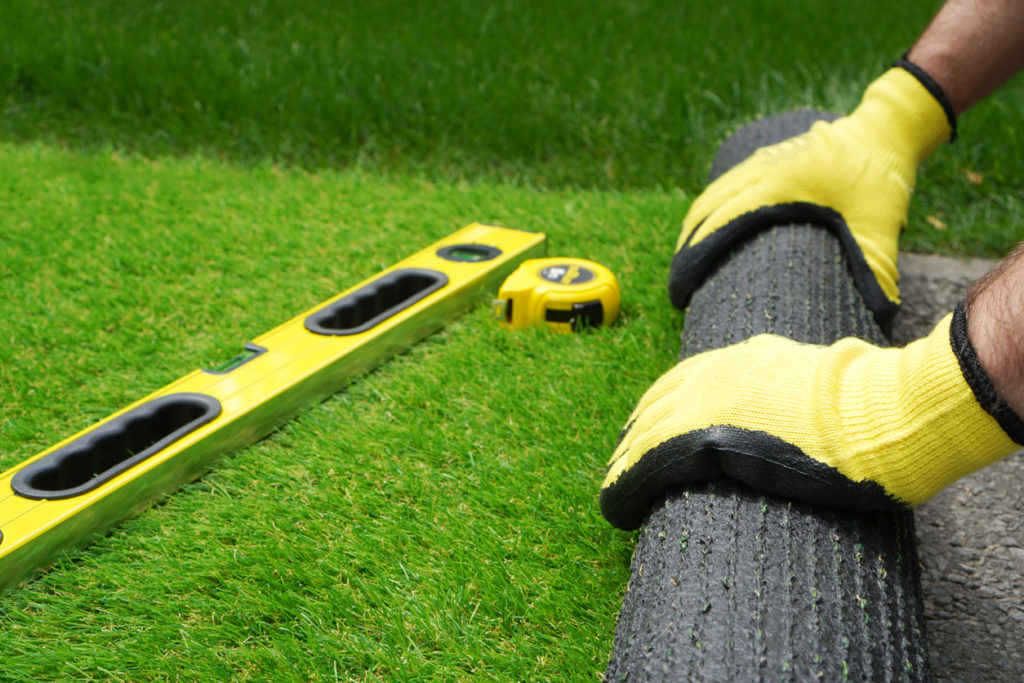
Step 1: Prepare the Ground
The first step for a typical garden is to remove everything from the surface, including existing turf or vegetation, rocks, and topsoil. For small urban gardens, you can accomplish this with a strong cup of tea, a long-handled garden hoe, and a shovel. However, you’ll make light work of the job in a larger garden by hiring a turf cutter. Once you finish digging, it’s smart to compact the ground to create a stable surface for your sub-base and eventually the grass.
Are you wondering how to lay artificial grass on a slope or uneven ground? The same rules apply! A compactor will do most of the work to create an even surface, but you'll need a timber perimeter, as well as hanging timbers, to stop the grass from sliding down the slope.
Tip: Dig 40-50mm or four inches below your desired garden level or planned grass line to give yourself space to lay down sub-bases and your new artificial grass.
Step 2: Create Your Edges or Timber Perimeter
This step is optional. Once your surface is ready, you may choose to create a perimeter or edging using a timber frame. The timber perimeter is particularly helpful when using a slope, but anyone can use it. This is because it provides a secure surface for your artificial grass. Make sure your timber perimeter doesn’t rise above your final planned grass line. You need a slight slope down to allow water to run off the turf lawn.
Step 3: Add a Sub-Base and Top with a Compress
You’ll never install artificial grass directly on top of your topsoil. With a clear surface and a perimeter in place, it’s time to add your first base layer or your sub-base. A sub-base provides a firm base for your artificial turf lawn while also allowing your garden the correct drainage. Most people will use crushed limestone. Apply a minimum of 75mm of limestone aggregate onto the surface. If you hired a compactor, use it to compact the aggregate. The second base layer is a compress made of fine stone or builders’ sand (or sharp sand). You’ll add between 20-40mm of sand depending on the grade size and your planned grass line.
Step 4: Apply a Geotextile Weed Membrane
Now you’re ready to prepare the surface for laying your artificial grass! To keep your artificial grass low maintenance, spray the area with weed killer then top your base layers with a weed membrane or weed control fabric. The two actions together prevent seeds from wiggling their way through the pre-punched drainage holes in your artificial turf. Be sure to overlap weed membrane joints by a fair bit, at least 100mm, and secure it to your perimeter (if you’ve used one).
Step 5: Roll the Artificial Grass Out and Cut with a Sharp Knife
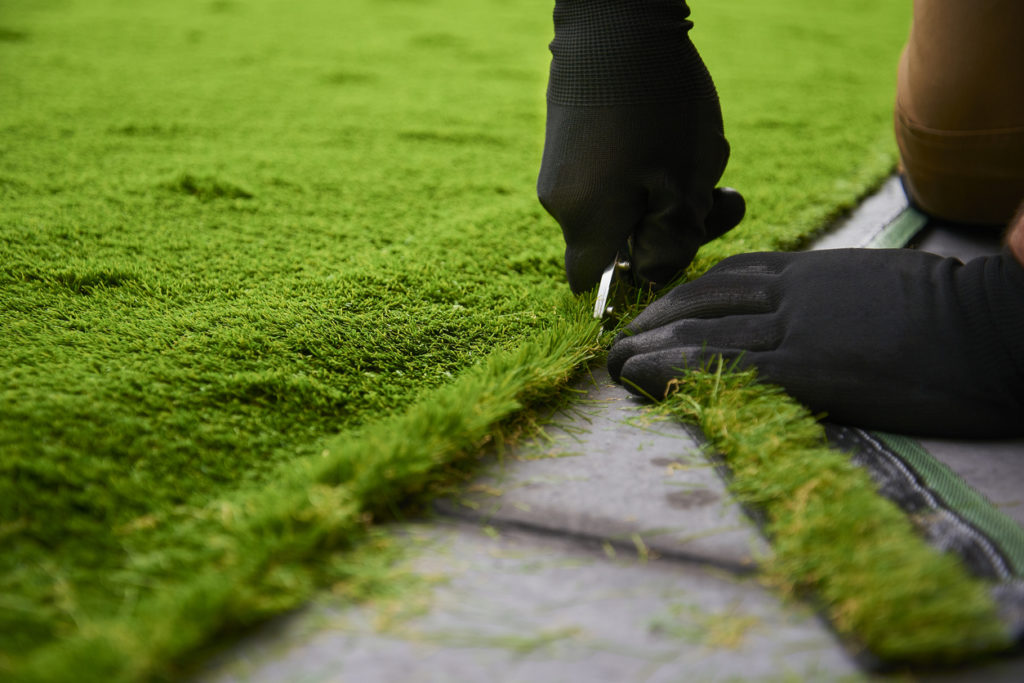
It’s finally time to debut your new artificial grass. The good news: rolling out the grass is the simplest part of the process, and there’s no special trick to knowing how to lay down artificial grass. All you need to do is unroll it and put it in position. You can roll the grass in any direction if you distribute it evenly. Ensure the edges are straight and fit them close together. Then, go make another cup of tea because it’s time for you and your new grass to settle!
Let it sit for three hours, but ideally overnight. Settled artificial grass is less likely to crease or wrinkle. After the grass settles, work around the area to trim the excess fake grass with a sharp knife, ideally a cutting blade. Blunt knives or scissors leave a messy cut.
Tip: Using a timber perimeter? Overlap your artificial grass by 50mm for a secure fit.
Step 6: Join the Seams and Fix the Grass to the Sub-Base
With the artificial grass in place wrinkle-free, move the edges of each roll back and use joining tape to attach the seams. The process will vary based on the artificial grass adhesive you choose. Be sure to follow the instructions carefully. Once you apply the adhesive, put the edges of the artificial grass back together and press, ensuring fibres aren’t trapped in the joints.
Use a heavy weight to seal the deal: stones, plant pots, and other heavy garden materials will do the trick. Fixing the artificial grass to the sub-base depends on your sub-base materials and whether you used a perimeter. To attach your new artificial grass to a timber perimeter, use flat-headed galvanised nails.
Use this chart to choose the correct application for your sub-base:
| How to lay artificial grass on a sand/lime sub-base | landscaping or oval-head fixing pins |
| How to lay artificial grass on gravel | landscaping or oval-head fixing pins |
| How to lay artificial grass on sand | landscaping or oval-head fixing pins |
| How to lay artificial grass on concrete | glue or Hilti nails |
| How to lay artificial grass on paving slabs | glue or Hilti nails |
| How to lay artificial grass on decking | attach with screws |
Step 7: Finish the Edges
With your seams joined and grass secure to the sub-base, ensure your edges match up with the perimeter. Use your sharp knife to trim the edges and fix them to your perimeter, which may be timber or simply a flower bed or pavement.
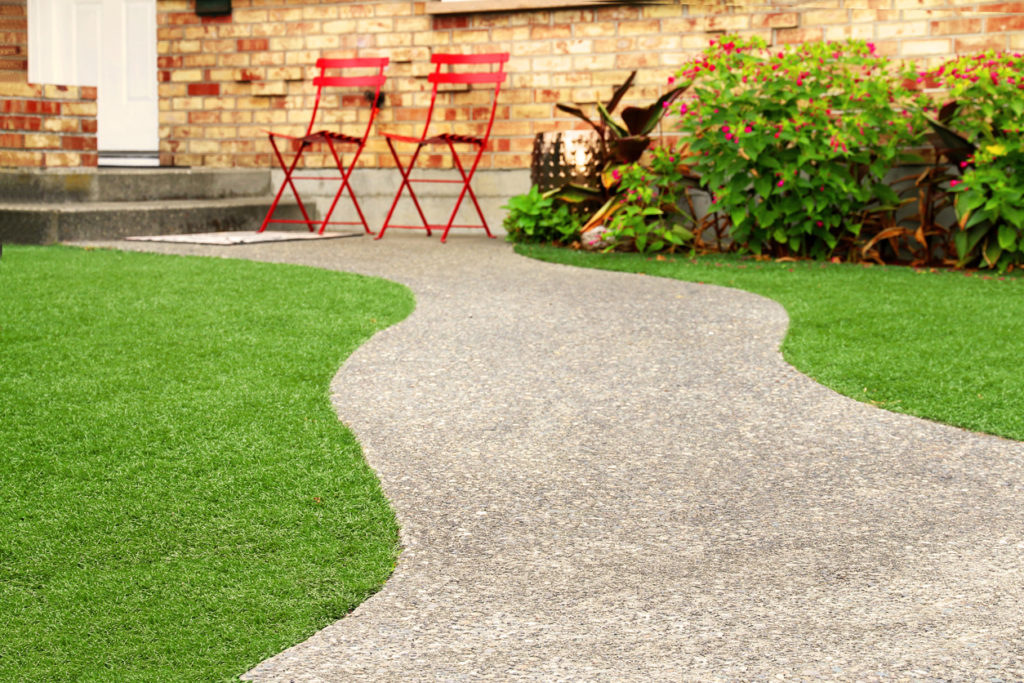
How to Lay Artificial Grass: The FAQs
Still have questions on laying artificial grass? We’ve got the answers.
What is the best surface to lay artificial grass on?
The best sub-base for artificial grass is compacted sharp sand as you can’t lay fake grass directly onto topsoil. Are you installing your artificial grass on a hardscape? You can skip the sand and install the grass over thin padding or foam, which will protect your new surface from uneven wear.
How do I keep my artificial grass looking its best?
A stiff brush will remove general garden debris, like soil, leaves, and weeds. You want to brush your grass regularly because leaving debris can cause weeds to grow over time.
How much does it cost to lay artificial grass?
The answer varies depending on the sub-base you use, the size of the area you want to cover, and your preferred type of artificial grass. You can lower the cost substantially by laying the artificial grass yourself.
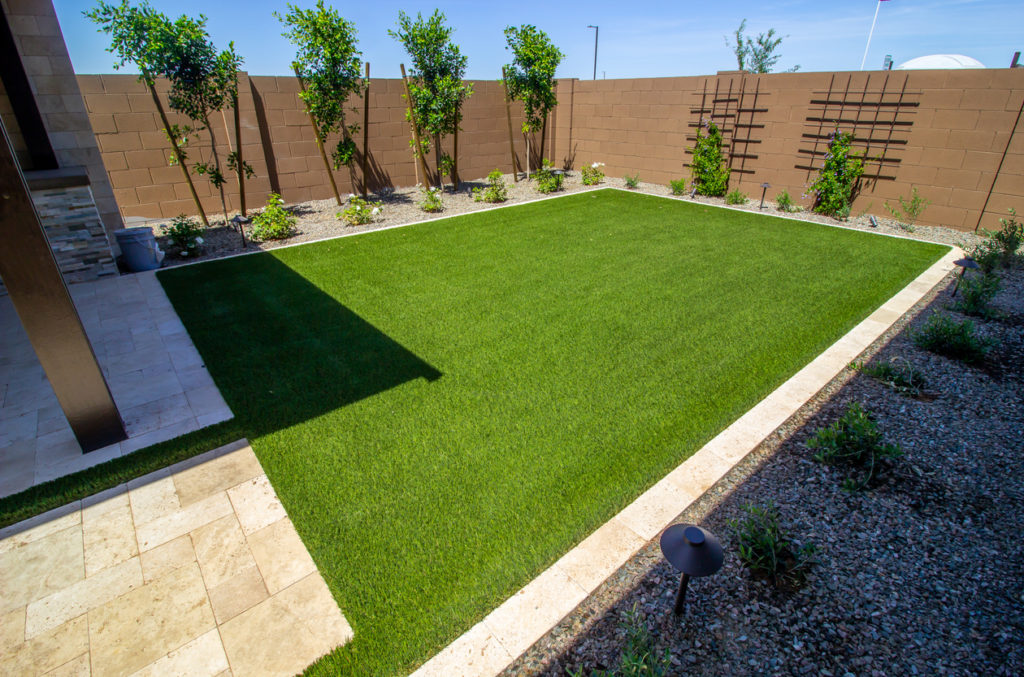
Ready to do up your garden with something low-maintenance? Shop our artificial grass here!
Woodie's
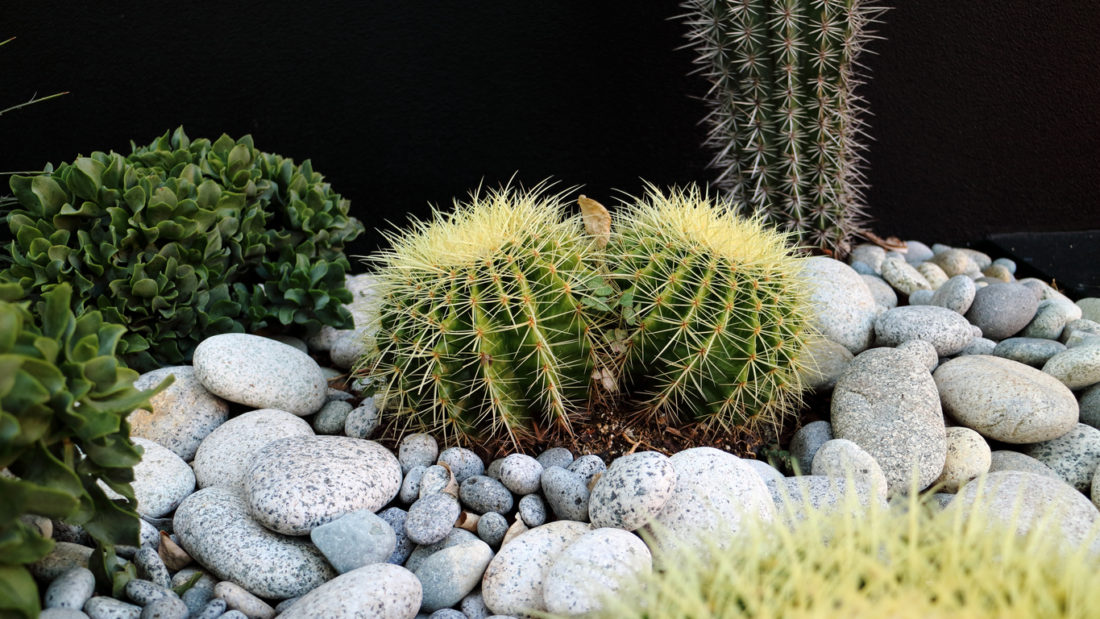
- Lawn & Garden
How to Start a Rock Garden: 4 Rock Garden Ideas to Help You Get Inspired
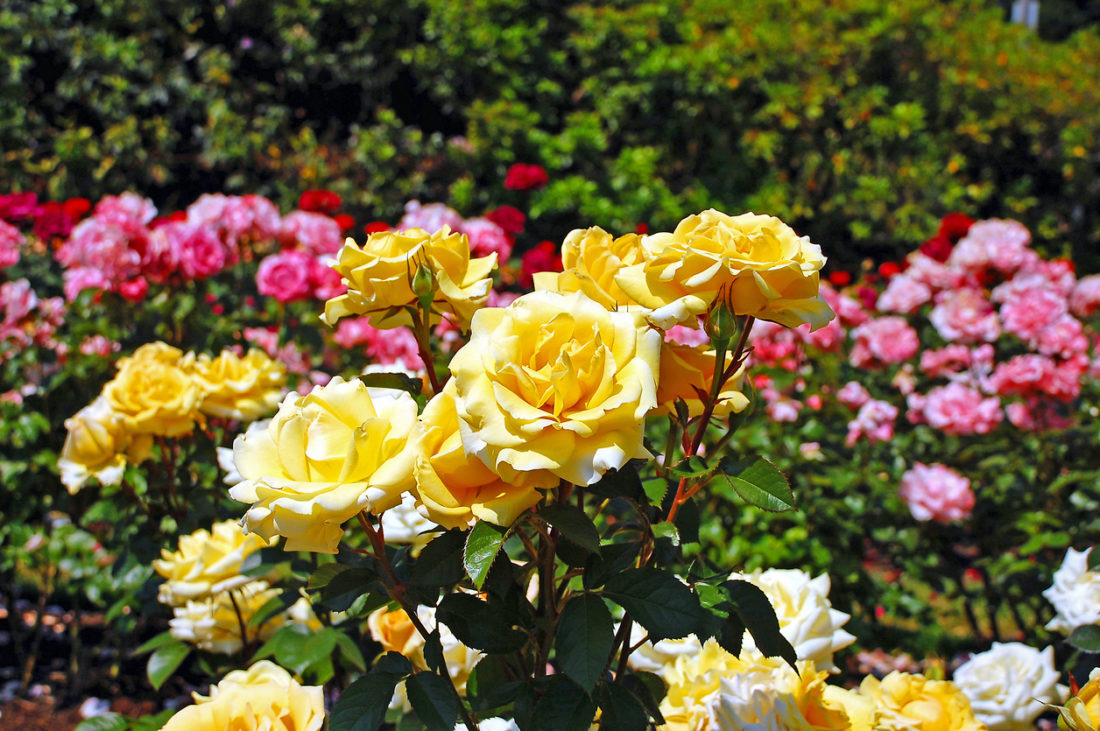
- Lawn & Garden
How to Prune Roses in 6 Easy Steps
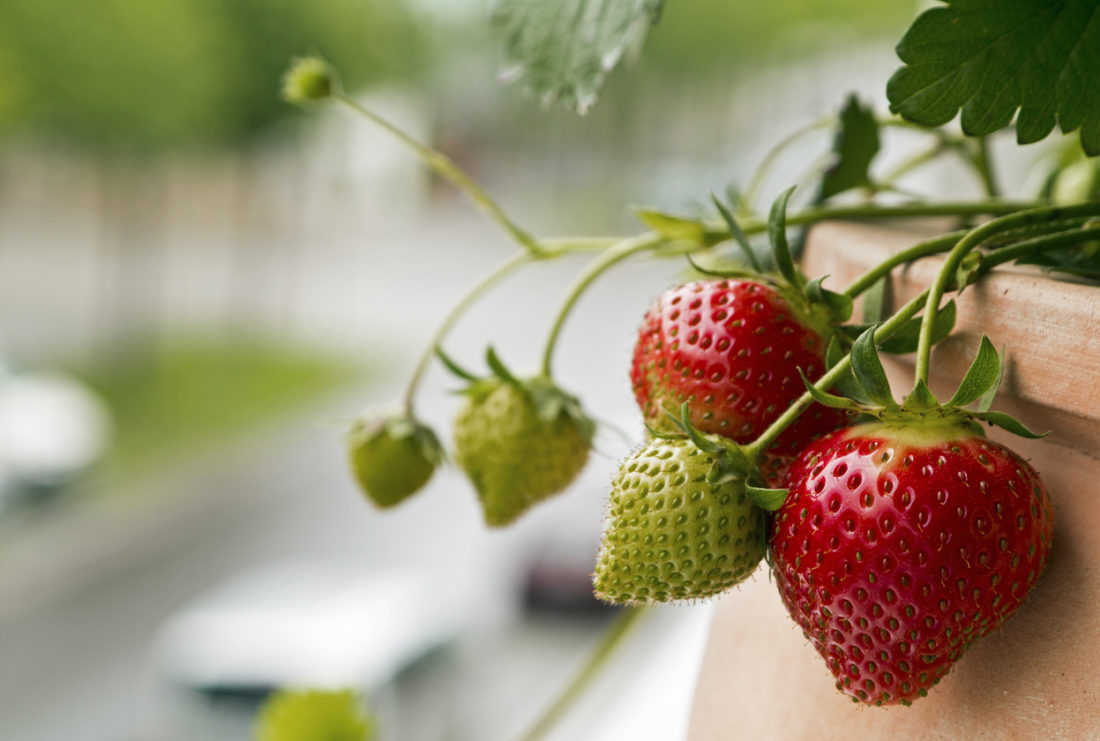
- Lawn & Garden
How to Grow Strawberries in Pots: An Easy Step-by-Step Guide
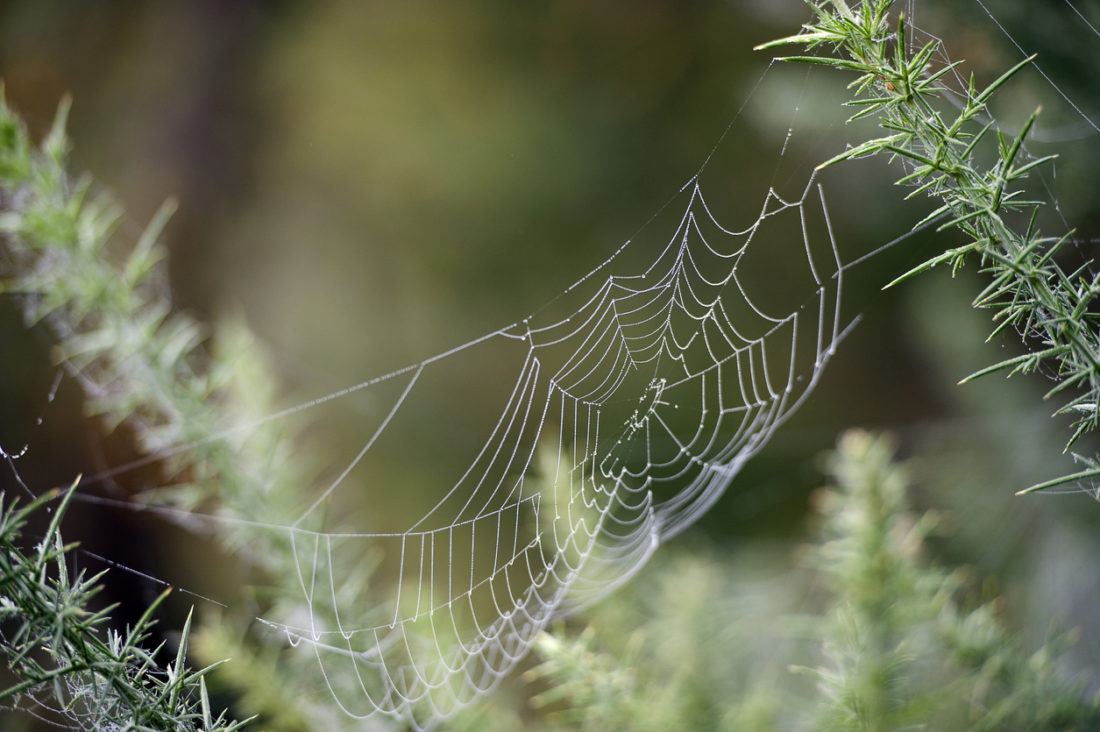
- Lawn & Garden
How to Get Rid of Ants, Flies, Spiders, and Mice: The Ultimate Guide to Home Pest Control
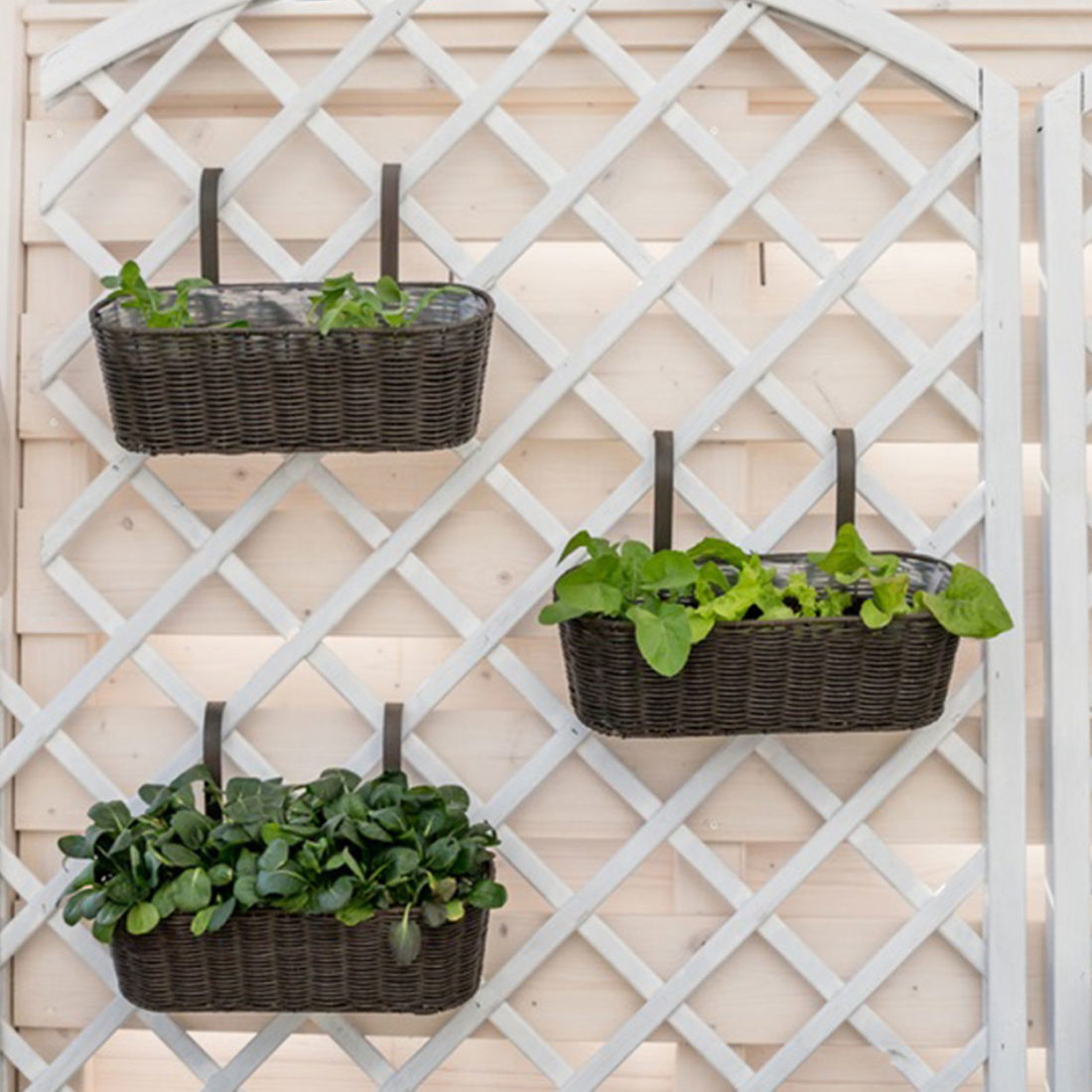
- Lawn & Garden
How to Create a Vertical Hanging Garden
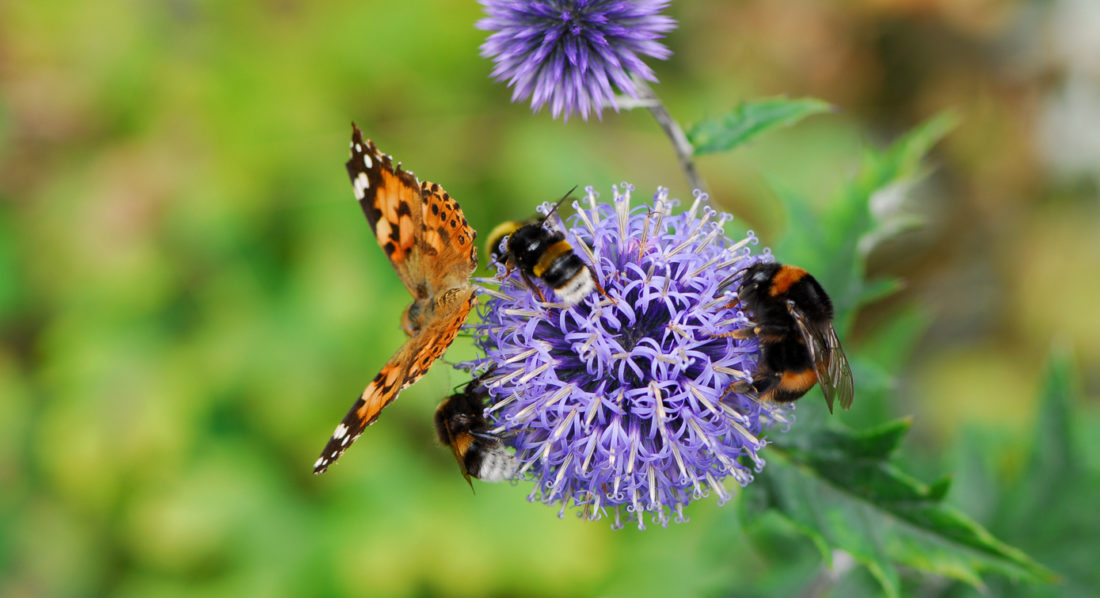
- Lawn & Garden